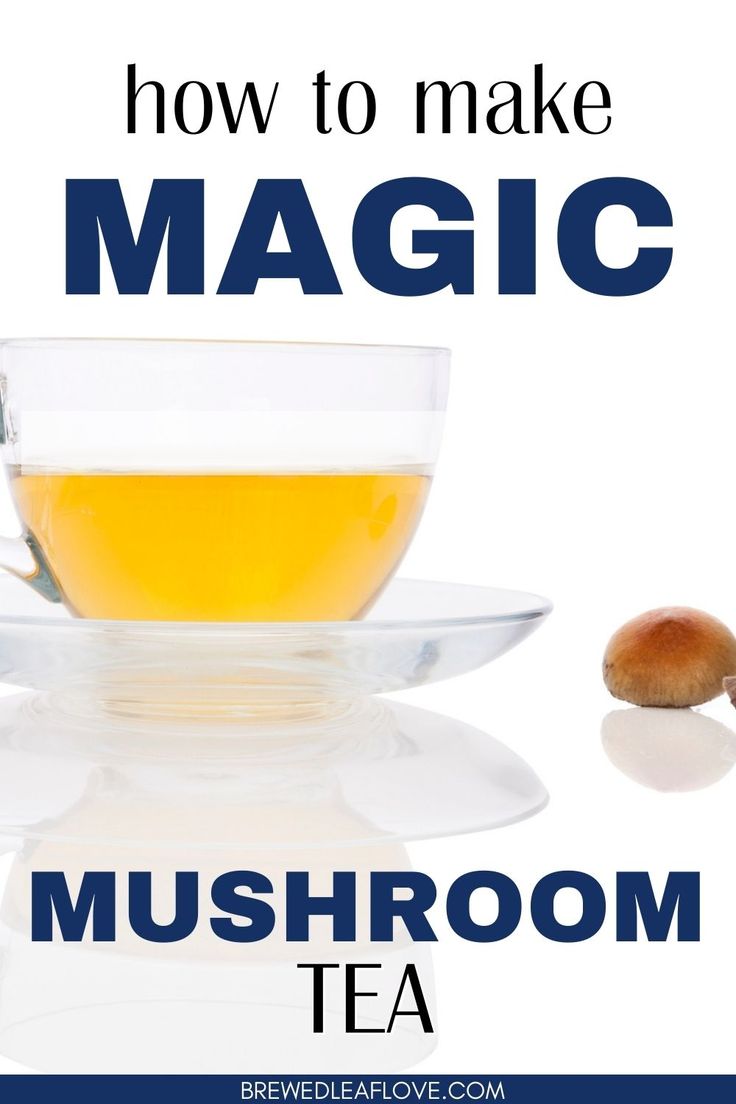Blog
How to Make Mushroom Tea Microdose
People tend to think of mushroom tea as being made with psilocybin mushrooms, which are well known for their psychedelic effects and may be used for spiritual exploration or therapeutic reasons. But there are other medicinal mushrooms which offer health benefits, including Reishi, Lion’s Mane and Chaga which can all help enhance mental clarity, boost immune functions and decrease inflammation.
Though magic mushrooms can be eaten, making tea is often the preferred way to take microdoses of them. You can easily control how much psilocybin you’re ingesting with this approach, and it may also be easier for those who find eating mushrooms distasteful or unpleasant. Additionally, this method also makes for a convenient option if they find the taste or texture unpleasant.
Making mushroom tea begins by creating mushroom powder. This can be accomplished either by grinding dried mushrooms into a fine powder or by blending them in a food processor, and mixing the powder with hot water before steeping for 15 to 30 minutes and straining before drinking as tea.
One of the greatest advantages of taking mushrooms via tea is that it does not cause stomachaches. Mushrooms can be quite acidic, leading to cramped digestive tracts when eaten whole. When consumed as tea instead, however, the psilocybin quickly absorbs into absorbent tissue in your intestine, which kickstarts its effects much sooner than eating whole mushrooms or eating candy or chocolate bars with added psilocybin.
Once psilocybin has been digested by the intestinal tract, it is converted to the active psychoactive compound known as psilocin and begins binding to serotonin receptors in the brain causing various psychedelic effects to manifest themselves over a four to six hour period – depending on who’s using it.
There are various products on the market that can help make mushroom tea. Many of these blend directly into hot water and may lead to direct consumption of the fungus itself. Others utilize powder that’s added to hot water, like you would when making regular tea. These teas tend to provide stronger results than eating raw mushrooms but tend to be safer and require lower dosage amounts for maximum effect. As with any medicine, starting off slowly when taking mushroom tea will ensure the best experience and avoid unexpected side effects. Beginning with a microdose should ensure positive outcomes from this new experience for you. If you experience adverse side effects, such as nausea, ginger tea can often help ease discomfort by binding to neurotransmitter receptors similar to pharmaceutical anti-nausea drugs. This phytochemical interaction works because gingerol and shogaol interact with these neurotransmitters through phytochemical interactions that are present.



